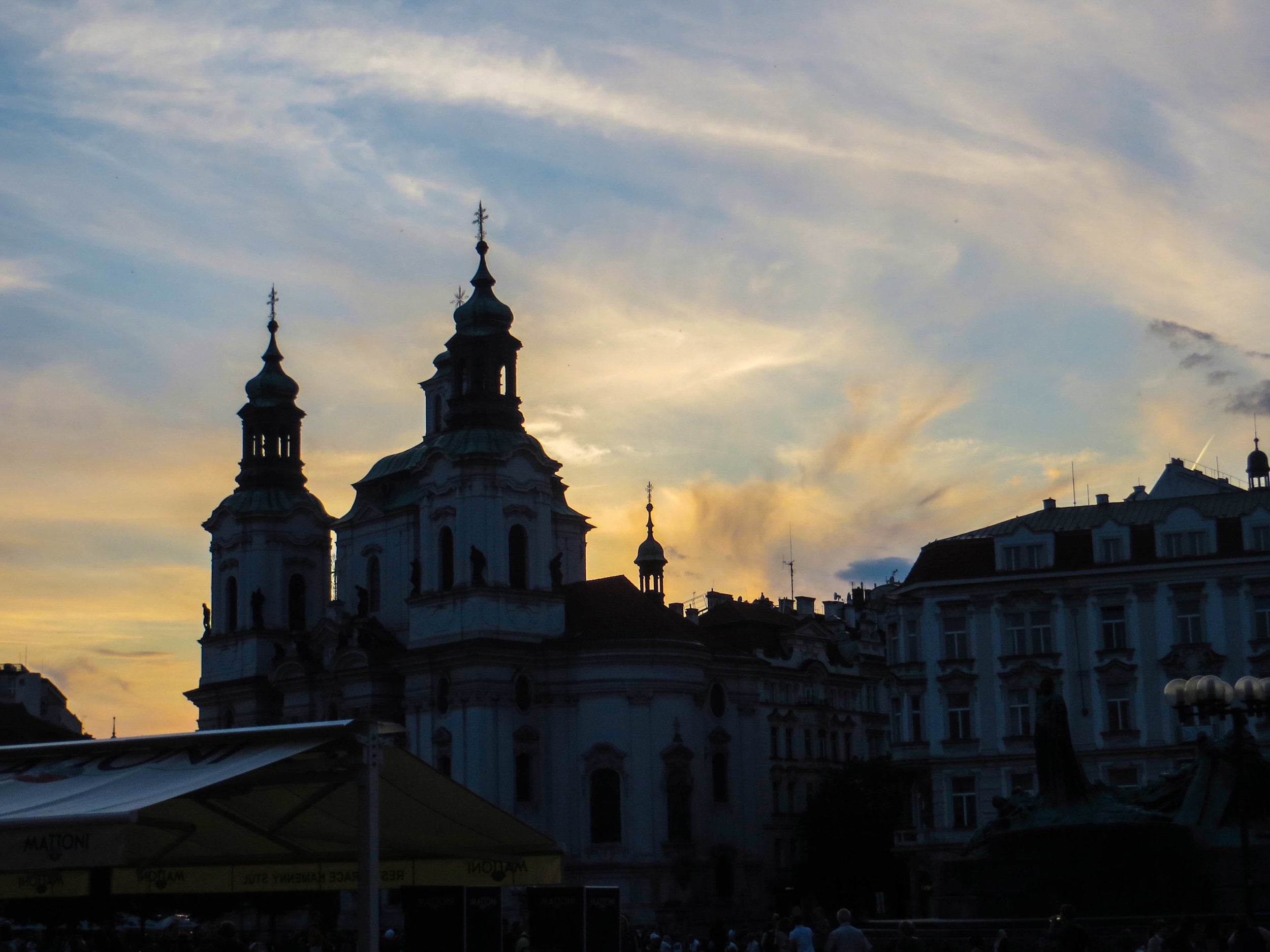Literal paradise.
Ushguli is a small cluster of towns that sits right on the Georgia-Russia border in the mountainous northerly region of Svaneti. It’s remote, difficult to access, and it’s got a population of less than 250 people. And yet, a quick Google image search for Georgia (the country of Georgia) will often return images of Ushguli even above images of the capital city. Clearly there is something special about this place.
Svaneti is the highest inhabited region of the Caucasus mountain chain. The whole region is studded with snow-capped 3,000–5,000 meter (~10,000–16,500 foot) peaks and sprinkled with small glaciers. In fact, the highest mountain in Georgia, Mount Shkhara, is located here in Svaneti, which stands at 5,201 meters (17,059 feet) tall. But in between all these mountains and glaciers are some of Georgia’s most picturesque little valleys and towns. These town are inhabited by an ethnic group known as the Svans.
Some cities hit you with strong vibes the minute you step out of the airport, and those vibes set the tone of your entire stay. But Tbilisi was an interesting one, because I really didn’t feel anything when I arrived here. Or ever, in the 7 nights I spent in this city. I was expecting some sort of strong, emotive, post-Soviet energy of a fledgling nation determined to get on its feet regardless of Russia’s endless attempts to undermine its sovereignty (or, you know, something like that) … but I felt nothing. Because, as it turns out, Tbilisi is a city with absolutely ZERO pretense.
This started as a trip to a church in the southern part of Armenia called Noravank. Not a big deal.
We’re going to get there by the end of this article, but we’re going to take a detour to explain something interesting along the way first. So I’ll drop us into the story right around noon, when I was riding shotgun in a large van, speeding southward along the Armenian-Turkish border.
Once we got a bit closer to the city center, the vibes quickly became more difficult to categorize. Fast forward a few hours and I was in my happy place: out on the streets with my camera. I was eager to jump to conclusions, but the further I walked the less I sure I became of what I thought I knew. Some times I would pick up Middle-Eastern vibes from open-air restaurants in city squares, other times I would get European vibes from the little Armenian bakeries tucked away somewhere on every block. And the architecture on those blocks sometimes seemed to be European-adjacent… but then on the next block the buildings were giant, brutalist concrete blocks, serving as a striking reminder of Armenia’s Soviet past.
Prague is the historical capital of Bohemia. Through the last few hundred years, the boundaries in this part of Europe have been notoriously fluid. The map here has been redrawn quite a few times as Empires have risen and fallen, but Bohemia has always been a notable region with a strong cultural identity. Today, Bohemia is more or less synonymous with the Czech Republic (formerly part of Czechoslovakia, and recently renamed to simply “Czechia”). With 2.6 million people living in its metro area, it’s the 14th largest city in the European Union. However, what it lacks in size relative to other European capitals, it more than makes up for in clout. When it comes to history and culture, few cities pack a punch in quite the same way Prague does.







